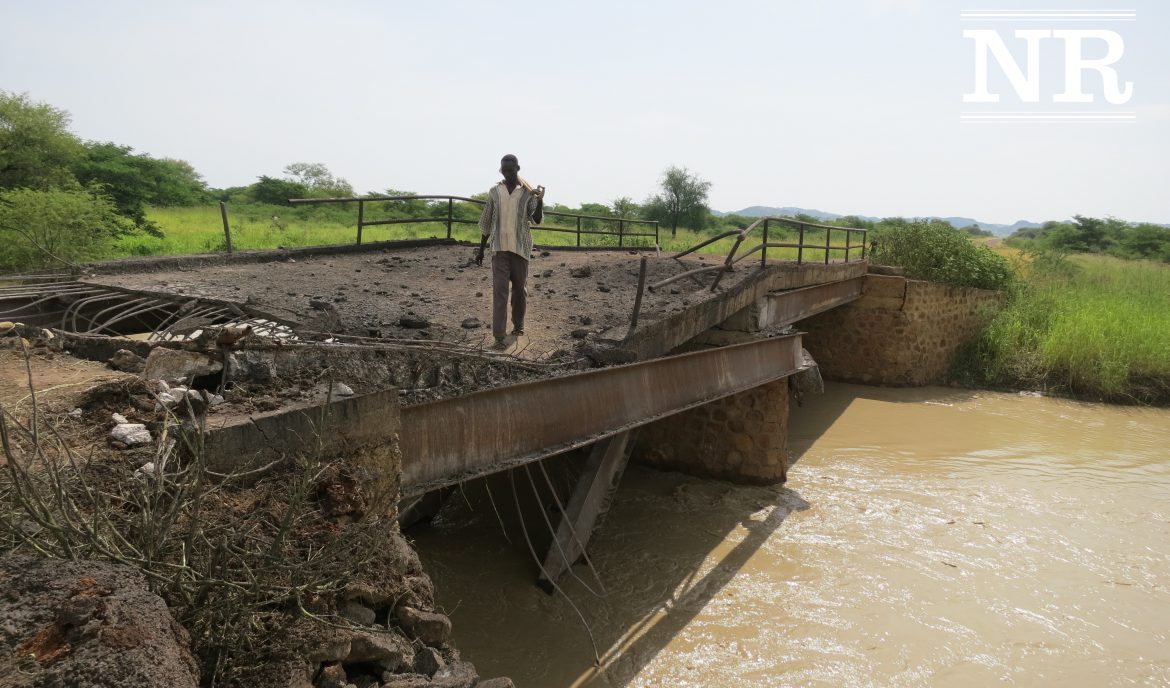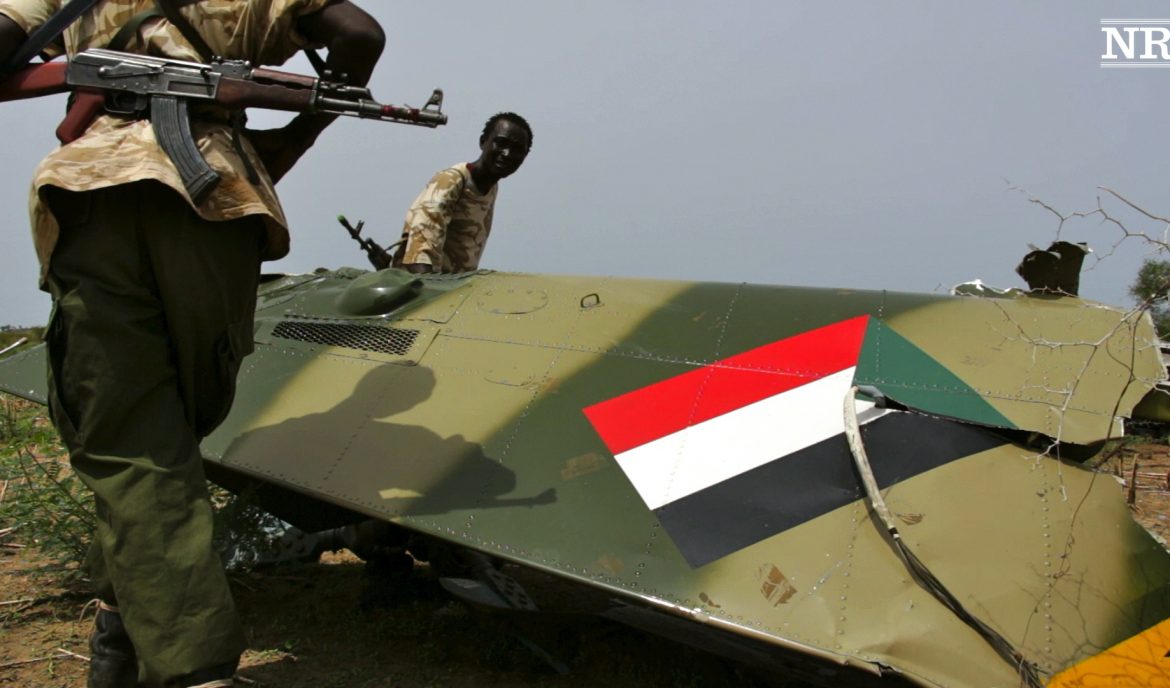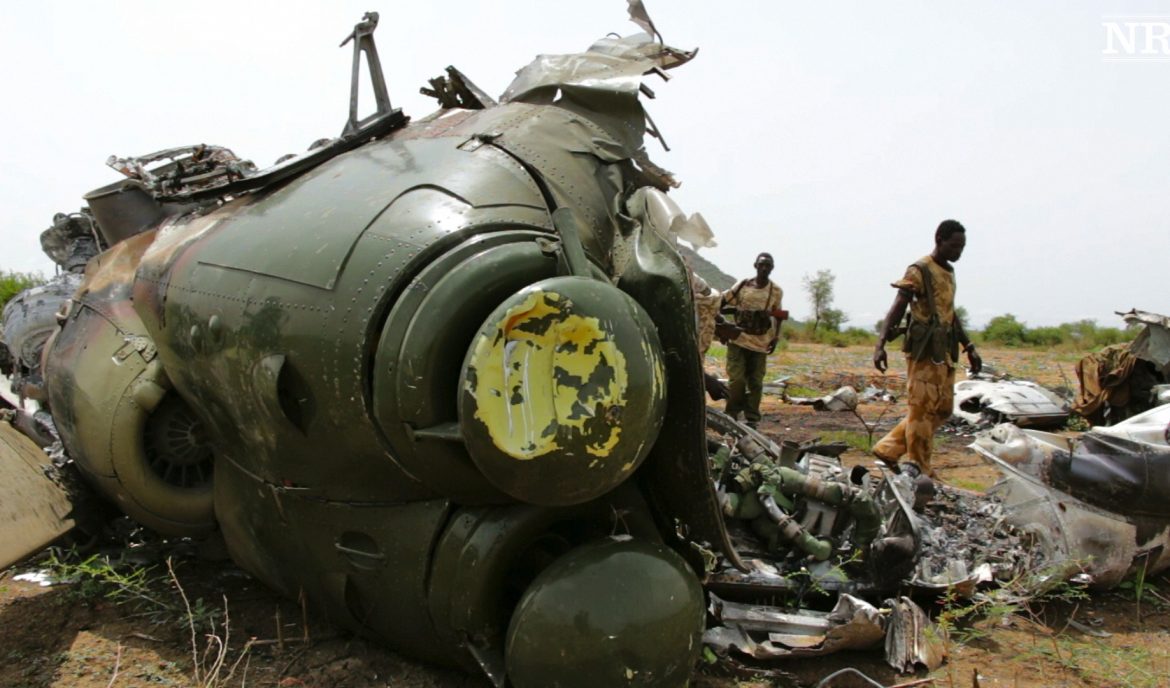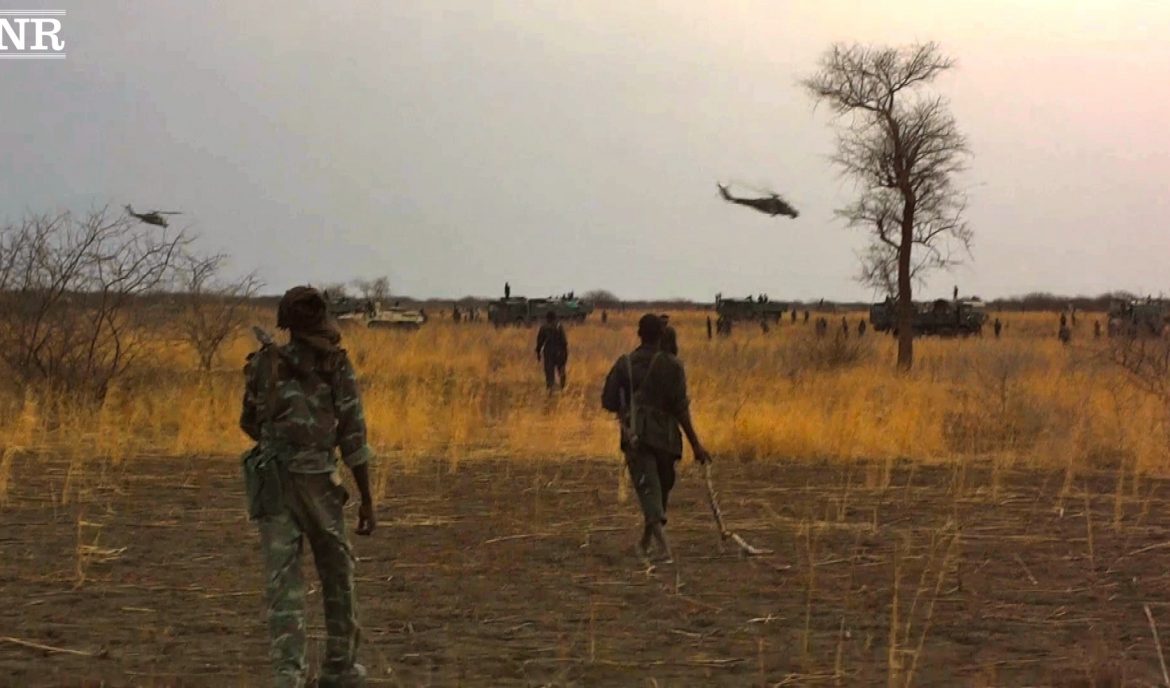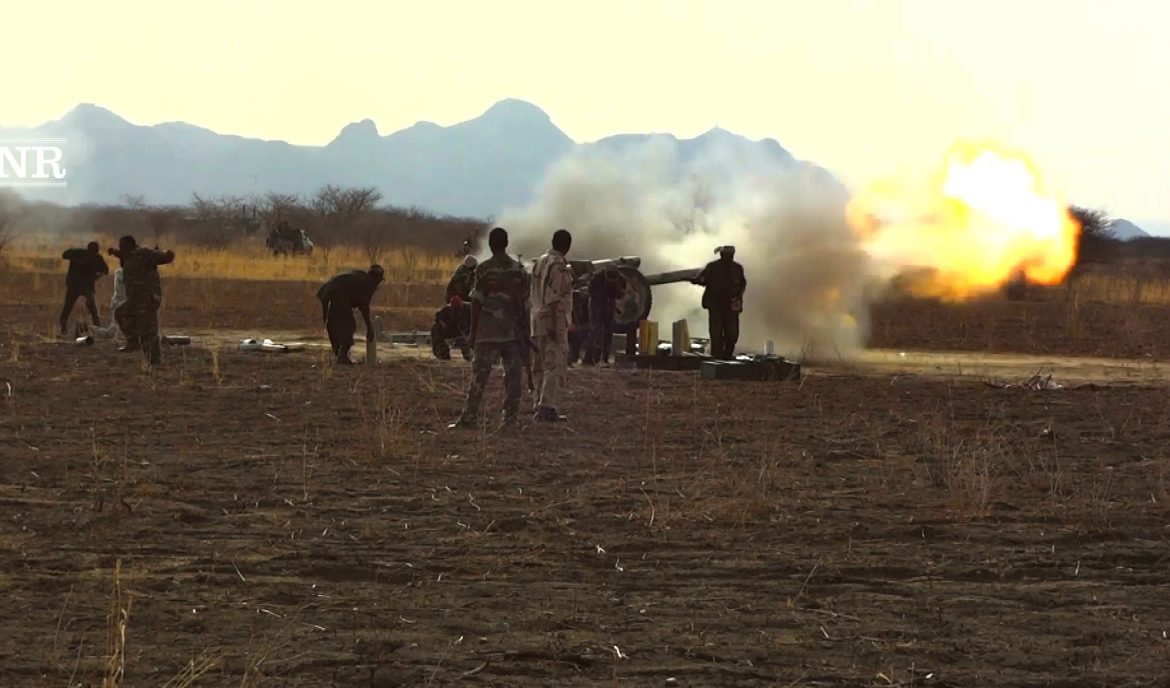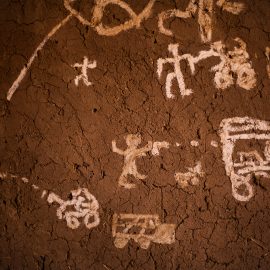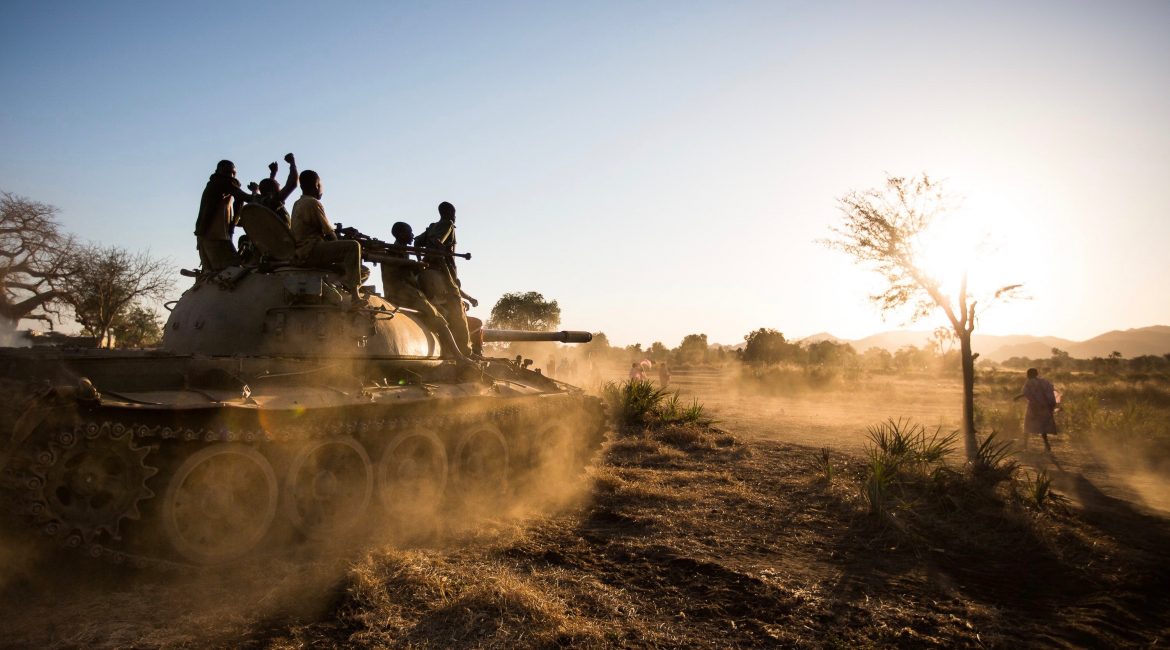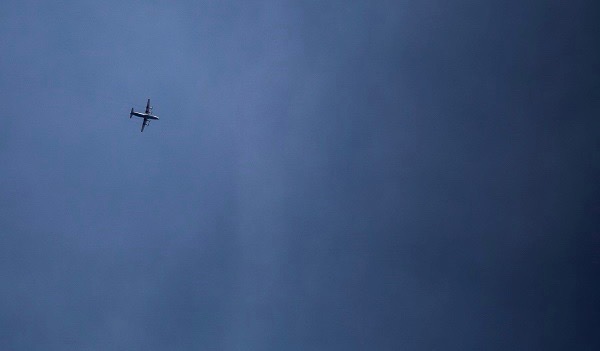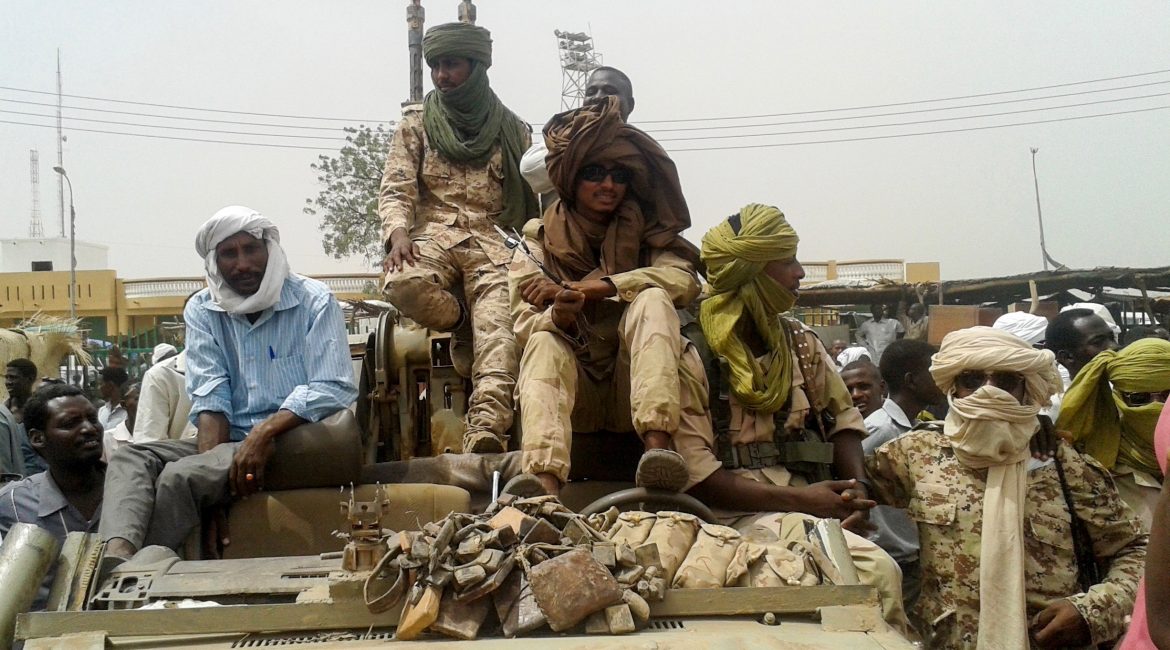Bombings have more than doubled in South Kordofan as the rains end and troops begin to maneuver in advance of the fighting season.
Over the past month, Nuba Reports journalists have documented 47 bombings, more than August and September combined.
There was a similar jump in bombings between August and October of 2012. In general, the pattern of bombings this year closely reflects the ebb and flow of last year’s bombing campaign. As in 2012, South Kordofan saw a spike in bombings this June – around 125 – followed by a lull. In August of this year, Nuba Reports verified only 10 bombings. Since then they have steadily increased each month. In 2012, bombings hit a low in August of 34, but climbed to 217 in December.
Nuba Reports has also observed increased SPLA-North troop movement in the past three weeks, as roads around the region have dried. Military officials would not reveal the reasons for the movement, however, and neither the origins nor the destinations of the troops were immediately apparent.
As in 2012, the increase in bombings and troop movement coincides with the end of the rains. In 2012, the rains petered out by early October. By then much of South Kordofan was dry enough for the SPLA-North to launch offensives in Kologi, Rashad and Kadugli Counties throughout September. These offensives continued through October, with the SPLA-North fortifying their control of Daldoka, around 15 kilometers from Kadugli. The Sudanese Armed Forces responded to these advances in November and December, launching counteroffensives while greatly intensifying aerial bombardment.
Stalled Offensives
This year the rains were more consistent, and roads in South Kordofan weren’t passable until mid-late October. While no real offensives have yet taken place, there were several fierce battles cut short by the rains that could reignite in the dry season. From mid-May through June SPLA-North and SAF troops engaged in heavy fighting – complete with helicopter gunships and tanks – for control of Abu Kroshola, not far from the SAF-controlled Rashad Town.
Though Rashad County never saw fighting during the 21-year Sudanese civil war, it has become a major battleground county in the current conflict. SPLA-N is in control of at least half of the county, but has been unable to push Sudanese forces from Rashad Town.
The fighting in Abu Kroshola was part of the rebel effort to push further into the county. The frontlines froze as the rains began, and the fight ended without a decisive victory for either side.
Um Dorain County’s Dandur was the site of similarly fierce fighting before the rains. According to SPLA-North officials, the town serves as a critical link in the SAF supply chain for South Kordofan. SPLA pushed into Dandur several times, only to be driven back out by aerial bombardment and helicopter gunships. After several back and forth attacks between the SPLA-North and SAF forces, the battle ended in a stalemate with the rains. While SAF is currently occupying the town, they weren’t able to push SPLA-North forces from the area before the fighting stopped.
New Advances
While tensions remain high in Rashad and Um Dorain, Sudanese Forces have made early advances in Buram County. On September 28, SAF Forces in Um Shoran launched a night attack on an SPLA-North position between Tess and Buram Town. While the main forces established cover, a SAF Demolition Team moved in and destroyed a bridge on the main road between the two towns. Shortly after the entire force withdrew. The bridge links SPLA forces in Tess with the larger unit within Buram County. In 2012, SAF tried several times to take Buram, launching forces from Um Shoran and driving north through Tess. Each time, they were driven back over the bridge to Um Shoran. The demolition cuts off SAF access to Buram via Um Shoran, but may also have consequences for SPLA-North supply lines in the region.
While no major clashes have yet taken place, tensions are rising as both sides prepare for the larger battles to begin.

